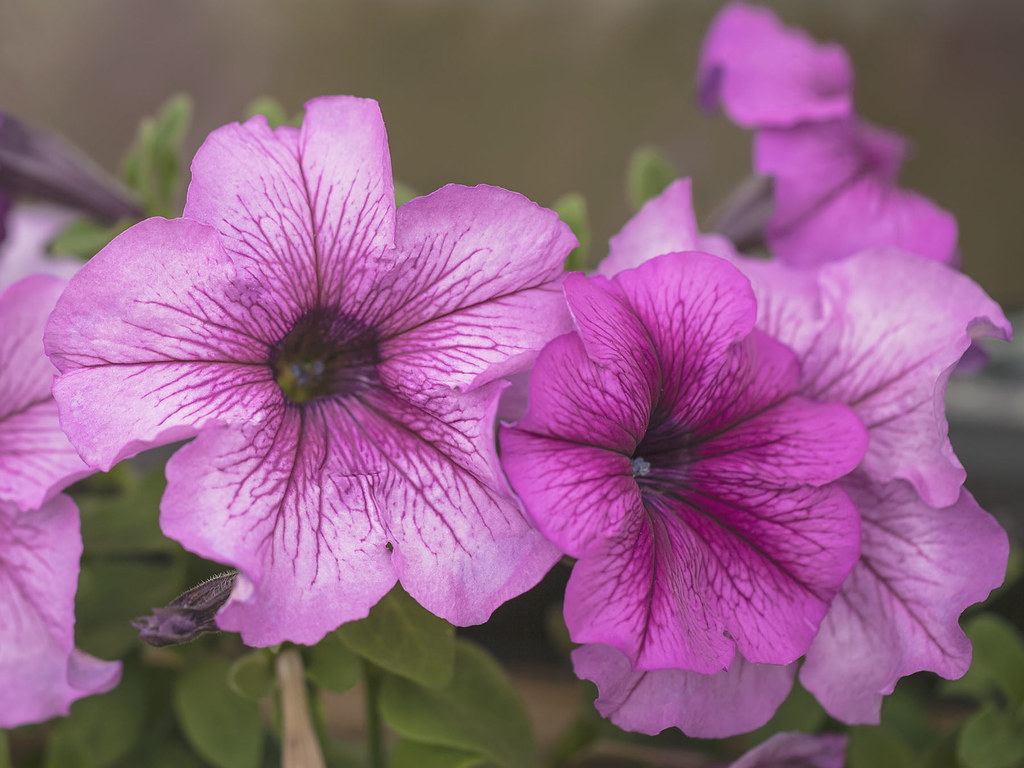Petunias are among the most popular and widely recognized annual flowering plants. Known for their vibrant colors and diverse patterns, they are a gardener’s favorite for adding a splash of color to gardens, patios, and balconies. They come in various shapes and sizes, from compact dwarf varieties to spreading types that can cover a wide area.
Originating in South America, Petunias have been cultivated and hybridized extensively, leading to a wide array of cultivars. They are celebrated not just for their beauty but also for their hardiness and adaptability. They can thrive in different climates and are relatively easy to grow, even for novice gardeners.
The name “Petunia” comes from a Native American word that means “tobacco,” reflecting its close relation to the tobacco plant. With their trumpet-shaped flowers and delightful fragrance, Petunias have a way of brightening up spaces and attracting pollinators such as butterflies and hummingbirds.
| Aspect | Details |
|---|---|
| Common Names | Petunia |
| Botanical Name | Petunia × atkinsiana |
| Family | Solanaceae |
| Plant Type | Annual Flowering Plant |
| Mature Size | 6-18 inches in height, varies by type |
| Sun Exposure | Full Sun to Part Shade |
| Soil Type | Moist, Well-Drained |
| Hardiness Zones | 9-11 |
| Native Area | South America |
Petunia Care
Caring for Petunias is a delightful experience that offers ample room for creativity. They are versatile plants that can be grown in containers, hanging baskets, or directly in the garden bed.
Watering, fertilizing, and regular deadheading are key to keeping Petunias looking their best throughout the growing season. Selecting the right location and soil type also plays a vital role in ensuring a thriving and vibrant plant.
Light Requirement for Petunia
Petunias prefer full sun, which encourages optimal blooming. They need at least 6 hours of direct sunlight each day. However, some afternoon shade in hot climates can prevent the flowers from fading.
Soil Requirements for Petunia
Petunias thrive in moist, well-drained soil with a slightly acidic to neutral pH. They are tolerant of various soil types but perform best in soil rich in organic matter.
Water Requirements for Petunia
Watering Petunias regularly is essential, especially during dry spells. Keeping the soil consistently moist without waterlogging will support healthy growth.
Temperature and Humidity
Petunias prefer mild temperatures and are sensitive to frost. They grow best in temperatures ranging from 60 to 80°F. Humidity levels should be moderate, as too much humidity can lead to disease.
Fertilizer
Feeding Petunias with a balanced, water-soluble fertilizer every two to three weeks encourages vibrant blooms. Using a fertilizer specifically designed for flowering plants can yield even better results.
Pruning Petunia
Regular deadheading of spent flowers encourages more blooms. Some varieties may benefit from occasional trimming to maintain shape and encourage branching.
Propagating Petunia
Petunias can be propagated through cuttings or by dividing established plants. Taking a healthy cutting and rooting it in soil or water can yield a new plant.
How To Grow Petunia From Seed
Growing Petunias from seed can be a rewarding project. Start seeds indoors 6-8 weeks before the last frost date, providing warmth and consistent moisture.
Common Pests & Plant Diseases
Aphids
They can be treated with insecticidal soap.
Botrytis Blight
Good airflow and avoiding water on the leaves can prevent this fungus.
Common Problems With Petunia
Leggy Growth
Often due to insufficient light, remedy by moving to a sunnier location.
Yellowing Leaves
May indicate overwatering or nutrient deficiency.
Flower Drop
Caused by extreme temperature changes or inconsistent watering.
Pro Tips
- Plant in a location with adequate sun and well-drained soil.
- Deadhead regularly to encourage continuous blooming.
- Use a balanced fertilizer to enhance flower production.
- Monitor for pests and diseases and address promptly.
- Provide some protection from extreme heat or strong winds.




